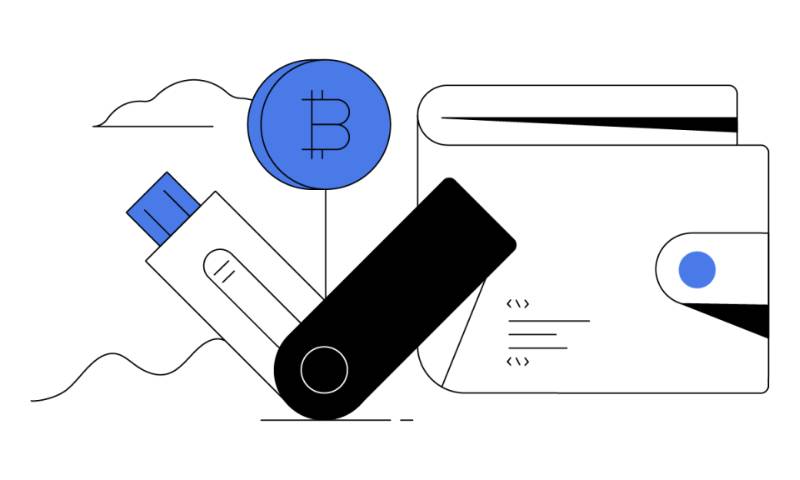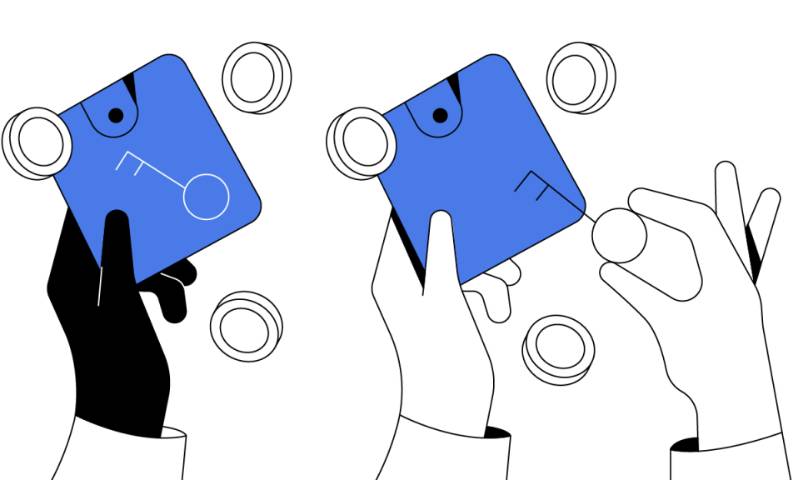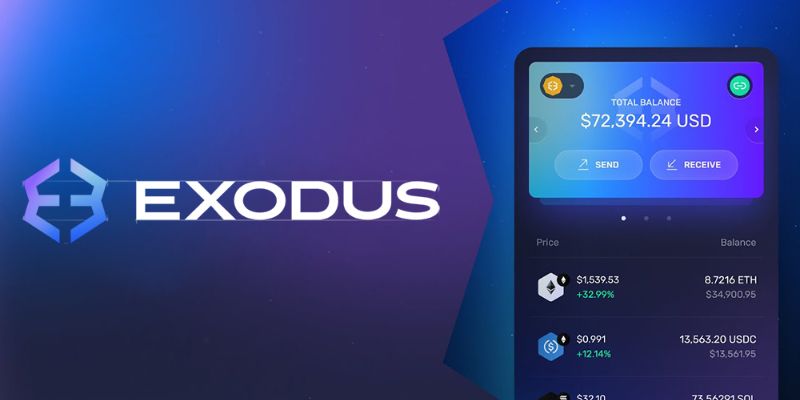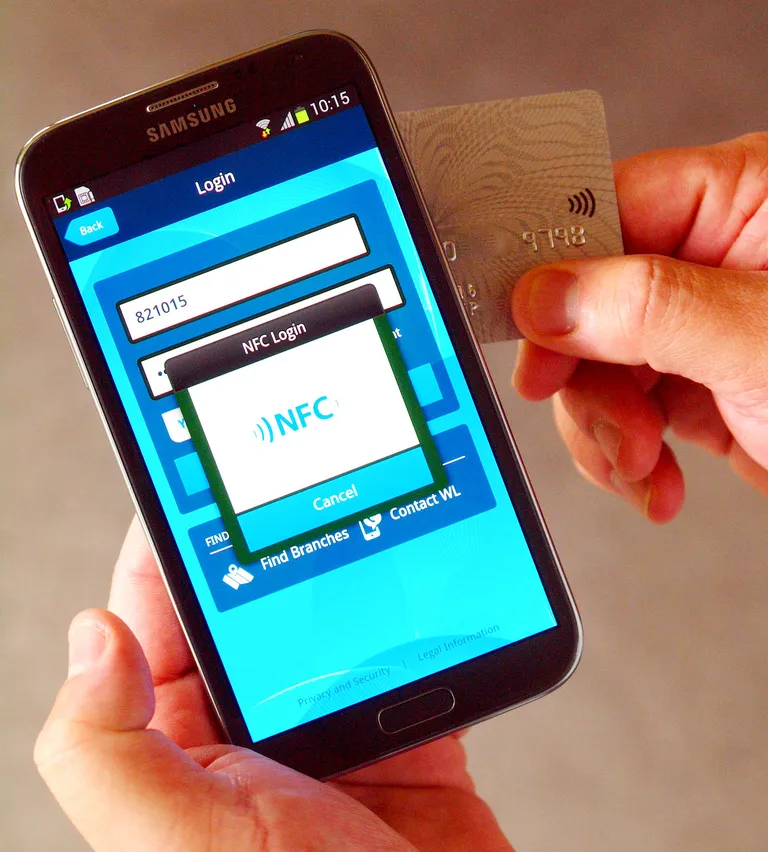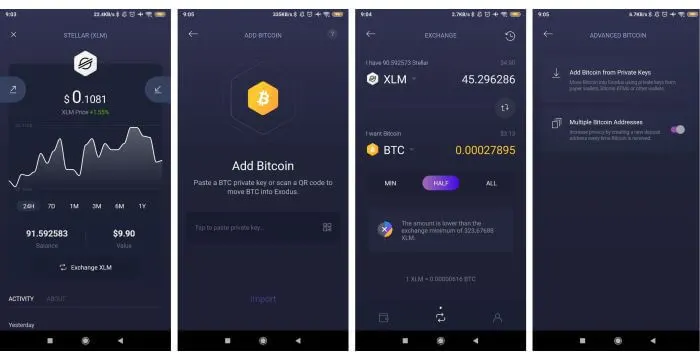Secure Desktop Crypto Wallet: Your Ultimate Guide to Unbreakable Digital Wealth Management
Imagine a vault so tough, even the slickest cyber-thieves can’t crack it. That’s what a secure desktop crypto wallet should be like. You’re here because you want your digital coins locked down tight. Relax, you’ve found the right spot. I’ll walk you through picking the unshakeable wallet with top-notch encryption and iron-clad security features. We’ll beef up your wallet’s defense layer by layer—adding multi-factor muscle and smart backup moves. Then, we’ll dive deep into key management and stay sharp with software smarts. To top it off, I’ll arm you with ninja moves against hacks and phishing scams. Get ready; it’s time to secure that digital gold like a pro.
Choosing the Right Desktop Wallet: Encryption and Security Features
Evaluating Desktop Wallet Security Features
When you look for desktop wallet security features, think of a fortress. Your crypto is your treasure, and you need strong walls to keep it safe. Hardware and software wallets vary. Hardware wallets, like a vault, offer more security. Software wallets, though more convenient, need extra care.
Look for wallets with encrypted digital wallets features. This encryption acts as a secret code. It’s a code that only you can crack. Add multi-factor authentication to this, and you’ve got a solid gate. Hackers will have a tough time breaking in.
Backup your desktop crypto wallet too. Imagine if your computer crashed! Backing up means you save your wallet’s info somewhere safe. If something goes wrong, you can get your crypto back.
Stay alert for new updates and patches for your wallet. Software gets old fast. New updates fix holes that hackers could use to get in. Think of updating as keeping your walls strong and your moat deep.
The Importance of Encrypted Digital Wallets
Why fuss over encrypted digital wallets? It’s all about private keys. Private keys are like the keys to your fortress. They let you into your crypto stash. You must keep them under lock and key, and encryption helps with that.
Store private items in cold storage for digital currency. Cold storage is keeping your crypto offline. It’s not on a computer, so hackers can’t reach it. It’s like burying your treasure.
Make sure the wallet you choose takes phishing attacks on crypto wallets seriously. Phishing is when bad guys trick you into giving them your keys. Good wallets warn you and help you spot these tricks.
Lastly, read desktop wallet reviews and comparisons. Think of this as listening to stories from other treasure hunters. Their experiences can guide you to trust the best tools for the job.
Using these tips, you can choose a desktop wallet that guards your digital coins like the most precious jewels in a kingdom. Keep your walls high, your moat deep, and your treasure safe, and you’ll enjoy peace of mind in the vibrant world of cryptocurrency.
Enhancing Your Wallet’s Security: Multi-Factor Authentication and Backup Strategies
Implementing Multi-Factor Authentication for Your Crypto Assets
Let’s talk about keeping your crypto safe. Multi-factor authentication (MFA) is key. It’s like having a high-tech lock on your digital treasure chest. Think of it this way: just as you wouldn’t use a single lock for a gold vault, you shouldn’t rely on one password for your desktop wallet. MFA adds layers. It’s a must for desktop wallet security features.
Multi-factor authentication crypto means your wallet checks two or more proofs before letting you in. It can ask for a password, a code, a fingerprint, or even a heartbeat! Don’t fret; it’s all to make sure you are really you. It’s like a secret handshake between your wallet and its true boss – you.
Using MFA means hackers have a harder time. If they grab your password, they still need your phone or fingerprint to get in. That’s why two-factor authentication (2FA) for wallets is popular. It’s often just a password and a code sent to your phone. You’ve got this; setting it up is simple. It keeps your coins much safer.
Always turn on MFA when you can. It’s one of the best steps to take. It’s as essential as wearing a helmet when riding a bike. And just like you keep your bike safe, doing this for your wallet makes a big difference.
The Role of Backup in Desktop Crypto Wallet Security
Backing up your wallet is your safety net. It’s your plan B if something goes wrong. Having a backup means you can recover your digital cash if your computer crashes or gets stolen. Imagine it as an emergency exit when you need it most. Make sure you know the wallet recovery process.
Backup desktop crypto wallet strategies vary, but the goal is the same. You want to be able to get your funds back no matter what. This might mean writing down a seed phrase – a list of words that store all the info needed to get your coins back. Store this seed phrase like a rare comic book – safe, hidden, and in a spot you won’t forget.
Some folks use hardware wallets for cold storage for digital currency. It’s like keeping your cash in a safe instead of your wallet. You can store a backup on USB drives, paper, or even steel cards. The trick is to keep them in different places. Think of it like not putting all your apples in one basket.
Remember, updating your backup is as key as making it. As you use your wallet, updating your backup keeps it ready to save the day. It’s like checking your smoke alarm batteries. You need them to work when it counts.
Secure your crypto with MFA and solid backups. Your future self will thank you. It’s about being smart today to protect your wealth tomorrow. You’ve got the know-how now. Go ahead and turn your desktop wallet into Fort Knox!
Desktop Wallet Management: Private Keys and Software Updates
Best Practices in Private Keys Management
Your desktop wallet holds keys to your digital wealth. Think of private keys like secret codes that unlock your funds. You must keep them safe. Private keys management is vital. Never share them. Always back them up. Use multiple locations. Think like a spy hiding their secrets.
Still unsure? Here’s one action item: Write down your private key. Store it in places only you can access. Private keys management demands this caution. If someone gets your key, they get your funds. Simple.
Let’s add another layer. Encrypt your keys. Use strong passwords you won’t forget. Stay safe, not sorry. Encryption turns your keys into codes that only you can decode. This steps up your security game.
So, do you have your private keys under tight lock and key? Good. Let’s keep going.
Keeping Your Wallet Secure with Updates and Patches
Just like you update your phone, your wallet needs updates too. These updates patch up holes in security. They keep out hackers looking for a quick steal. Installing a desktop wallet is just the start. Keeping it up-to-date is the race.
When you get an update alert, don’t brush it off. Update it then. Waiting could cost you a lot. These updates often have fixes for sneaky tricks hackers use. They also give you new desktop wallet security features to stay ahead.
Wondering where you can keep an eye for updates? Go straight to trusted desktop wallet providers. They tell you when it’s update time.
Patch right away and sleep tight knowing hackers are locked out for one more day. It’s like fixing a weak fence before the wolves find it. Smart, right?
Rigorous private key management and punctual software updating are your shields. They block viruses and dodge phishing strikes. They make your desktop wallet an unbreakable vault. Stay sharp, update regularly, and your digital wealth is under Fort Knox-like guard.
Preventing Unauthorized Access: Vigilance Against Hacks and Phishing
Techniques for Desktop Wallet Hacking Prevention
Hackers love crypto wallets. Why? They’re often full of digital treasure. Your desktop wallet is a go-to spot for hackers. But fear not! There’s plenty you can do to guard your digital stash. First off, think security features. The beauty of a good desktop wallet is its security layers. The more, the better.
First, make sure you’ve got multi-factor authentication. It’s like a double lock on your wallet. Imagine your password is a key. Multi-factor authentication adds a second key, maybe a code from your phone. This makes it super tough for hackers to break in, as they need both keys.
Second, don’t overlook updates. Yes, those annoying pop-ups that say it’s time to update? They’re not just bugging you for fun. Updates patch up any holes in your wallet’s armor. They fix weak spots that hackers could pry open. Install them without delay.
Third, encrypted digital wallets add a secret code to your info. Even if a hacker gets your data, it’s all in code they can’t crack. Think of it like a secret language only you understand.
Fourth, practice desktop wallet safety tips. Don’t click on strange links, even if they look legit. Avoid sharing passwords, especially online, and use a strong, unique password for your wallet.
Lastly, learn about desktop wallet hacking prevention. Many trusted sites offer tips. Learn what a hack looks like, so you can shut down threats ASAP.
Protecting Yourself from Phishing Attacks on Crypto Wallets
Phishing is like a sneaky con artist trying to trick you. But instead of a con artist, it’s an email or website. And they don’t want cash; they want your signup info. With that, they could get into your wallet and grab your coins. Boo!
Now, how do we fight back? Knowledge is power. Know how phishing schemers operate. You get an email that looks real. It says something’s wrong with your wallet, “Click here to fix it!” But don’t click! That’s their trap.
Use two-factor authentication (2FA) for wallets, always. It’s another security step that puts an extra hurdle for phishers to jump. They might have your password, but without that second code from 2FA, they’re stuck.
Shield your private keys like they’re gold, because they are, in the cyber world. Private keys management is all about keeping those keys out of other people’s hands. Only you should hold them. If someone gets them, they could get your crypto.
Backup your wallet next. Backup desktop crypto wallet is your safety net. If something goes wrong, your backup’s got you. It’s like a game save. You can restart from where you left things before any mess happened.
Remember, phishing attacks on crypto wallets can fool anyone. They’re crafty. But stay sharp, use your know-how, and those phishers won’t stand a chance. Trust your gut. If an email or message feels shady, it probably is. And use secure password protocols. That’s big. A good password can be like an unbreakable door.
By using the right tools and staying alert, you’ll keep your digital coins safe. It’s all about being smart and staying informed. Your wallet is your castle. Keep the gates closed to hackers and phishers, and enjoy the peace of mind that comes with a secure digital fortune.
In this post, we talked about keeping your desktop wallet safe. We looked at how encryption and security features are key when choosing a wallet. We learned that adding multi-factor authentication and backup plans makes a big difference. We also covered the best ways to handle private keys and the importance of regular software updates.
To wrap it up, remember security in crypto is huge. Use encryption, double up on checks with multi-factor authentication, back up everything, and keep those keys safe. And always update your software! Stay sharp to spot hacks and phishing. Keep these tips in mind and your crypto will be as secure as it can be. Stay safe out there!
Q&A :
What is a secure desktop crypto wallet?
A secure desktop crypto wallet is a type of software designed to store, send, and receive various cryptocurrencies safely on your computer. Unlike online wallets, it gives the user full control over their private keys and is considered to be more secure against online hacks as it is less exposed to the internet.
How do I keep my desktop crypto wallet secure?
To keep your desktop crypto wallet secure, ensure you use strong, unique passwords, keep your software up to date, and backup your wallet regularly. Additionally, use two-factor authentication (2FA) if available, and consider using multi-signature transactions for added security. Always download wallets from official sources and be wary of phishing attempts.
What are the advantages of using a desktop crypto wallet over other types?
The main advantages of using a desktop crypto wallet over other types include enhanced security features, as they store private keys offline, reducing the risk of online theft. They often provide more control and flexibility in terms of security settings and functionalities compared to online and mobile wallets. Desktop wallets also tend to support a wider range of cryptocurrencies and features.
Can desktop crypto wallets be hacked?
While desktop crypto wallets are generally secure, they are not immune to hacking. Users can fall victim to malware or viruses designed to steal wallet information if the computer is compromised. However, risks can be mitigated by maintaining proper security practices, such as regularly updating anti-virus software and avoiding downloading from suspicious sources.
What should I do if my desktop crypto wallet is not syncing?
If your desktop crypto wallet isn’t syncing, first check your internet connection and make sure that your firewall or antivirus is not blocking the wallet’s software. You can also try restarting the wallet or re-downloading the blockchain. Additionally, make sure you’re using the latest version of the wallet software, as updates can fix syncing issues. If problems persist, seek support from the wallet’s developer or community forums.


